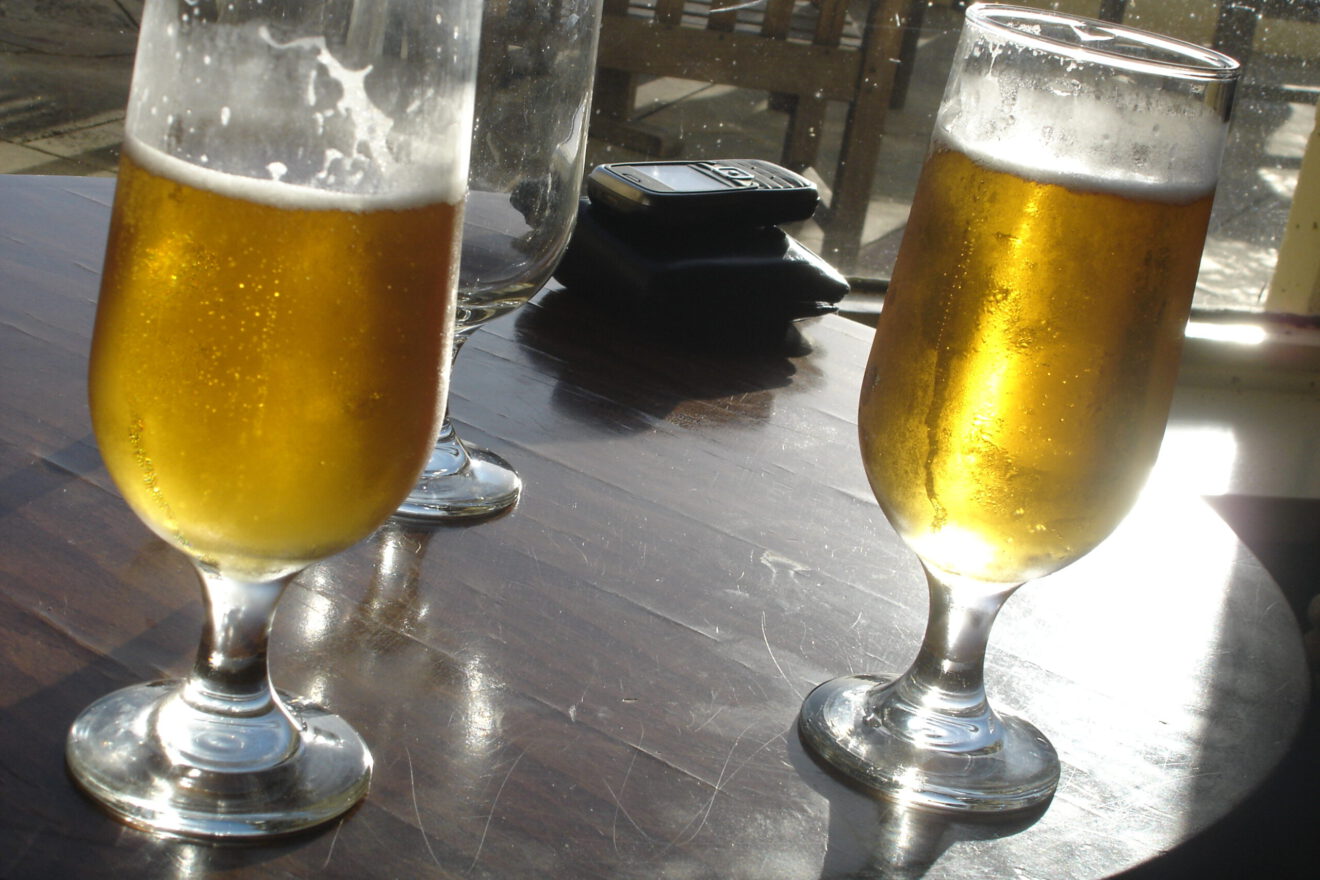US consumers’ drinking habits shifted from on-premise a year ago as bars closed and restaurant dining rooms shuttered while grocers and liquor stores were deemed essential, fueling a surge in retail sales of beer, as well as wine and spirits.
Overall retail beer sales grew in 2020 as consumers did more of their drinking at home during the pandemic. At this time last year, people were stockpiling beer, along with wine, spirits and food, as lockdowns and quarantines began rolling out around the country.
Alcohol sales surged 55% in the third week of March 2020 from the same period in 2019, according to Nielsen data, as consumers shopped at retail outlets after bars closed and restaurants hit pause on indoor dining. Sales of large 24- and 30-packs of beer grew 90% during that week, as people took to bulk buying to limit their trips out in public.
Fast forward a year — retail alcohol sales dipped for the first time in a year as bars and restaurants reopened. Sales in the beer category would have declined 2% without an increase in sales of popular hard seltzers which are included in the category.
Hard seltzer is expected to be a growth driver in the category this year, according to Datassential’s “Future of Drink” report, which found that it was the fastest growing item on restaurant menus in 2019 and that trend is expected to continue growing as brands debut new products and flavors.
The Brewers Association, which represents craft brewers, is working now on compiling its final data for 2020, a spokeswoman said. The association’s chief economist, Bart Watson, did identify some trends during the unusual year, including a slower rate of new brewery openings. Brewers were on track to open 700 new breweries last year, down about 30% from 2019.
Craft brewers, which are defined as small businesses that produce 6 million barrels of beer or less per year, depend heavily on restaurants and brewpubs for a large portion of their sales.
That dependence on on-premises sales likely led to a 10% sales decline for craft brewers by the middle of 2020, Watson’s report says. He predicts that craft brewers are likely to see growth of 6% to 7% this year, but expects the sector won’t fully recover until next year and could take longer to return to previous growth levels of 3% to 4% annually.
“Urban areas that rely on office workers may come back much slower as people continue to work from home, whereas the suburbs may see increased sales. Different places, patterns, and businesses will mean similar sales have different winners and losers for the next year or two,” he writes.
By 2020, 44% of US consumers age 21 and older were craft beer drinkers, up from 35% five years earlier, according to Watson’s report. The group stressed that Gen Z consumers are displaying different trends and product preferences, fueling the need for craft brewers to explore new marketing tactics.
As small players, craft brewers faced supply chain challenges that are ongoing in 2021, the association says, most especially when it comes to sourcing enough aluminum cans. Cans are in high demand in a variety of industries and the tight market is expected to continue during the first half of this year at least.
Direct-to-consumer
Nielsen identified alcohol as the fastest-growing consumer packaged goods category for e-commerce growth in the early weeks of the pandemic, with sales surging 234% in the seven-week period ending April 18, 2020. Three times as many consumers bought alcohol online during the last two weeks of that period compared to the two weeks ending Feb. 29, Nielsen reported.
Beer sales were no exception to the trend in online sales, the Brewers Association’s Watson noted in his report. Prior to the pandemic, online channels accounted for about 0.1% of total retail beer sales. That grew rapidly as lockdowns took hold in the US and consumers grew more comfortable ordering food and beverages online, and the Brewers Association expects the trend to continue this year and into the future as more younger consumers come of legal drinking age with a penchant for ordering everything through their phones.
Datassential’s report revealed similar trends — about 70% of consumers surveyed who ordered alcohol for delivery for the first time during the pandemic said they planned to continue doing so.
Watson’s report also addressed changes in regulations related to the pandemic that could give off-premises beer sales a boost in the future. The number of states allowing for direct-to-consumer retail beer sales grew from less than 12 to 35 during the pandemic, an especial boon to craft brewers used to serving their fans in taprooms and brewpubs.
That said, he also cautions that brewers can’t be complacent in expecting those regulatory changes to last. History shows that the pendulum can swing back toward tighter regulations as conditions change.
“In addition, even the market access opportunities that get made permanent will likely see additional rules going forward, as freer markets often lead to even more regulation,” he writes.
Related stories:
- The pandemic has dramatically altered the way Americans snack
- CPG brands develop creative breakfast food during COVID-19
- Is the plant-based seafood industry swimming upstream?
_______________________________________________
If you enjoyed this article, you can sign up for the FMI dailyLead, ProChef SmartBrief or Restaurant SmartBrief to get news like this in your inbox. For even more great news content, sign up for any of SmartBrief’s 275+ free email newsletters today, free.
